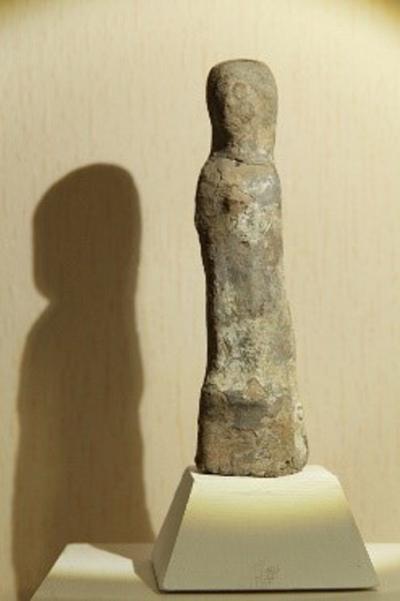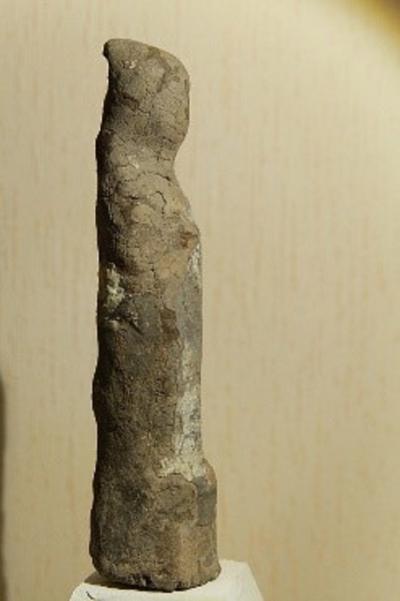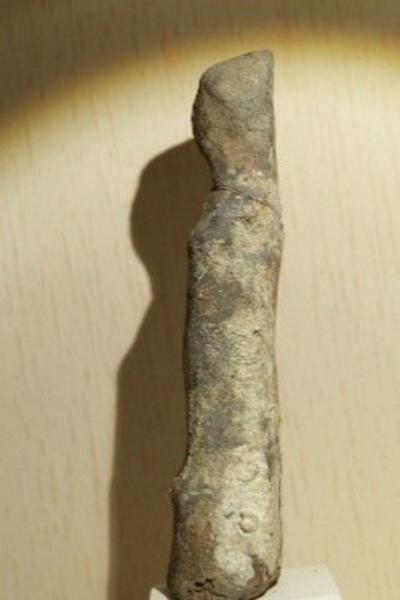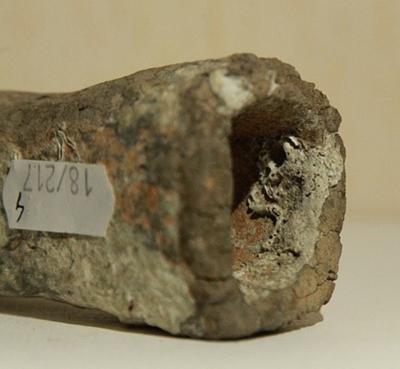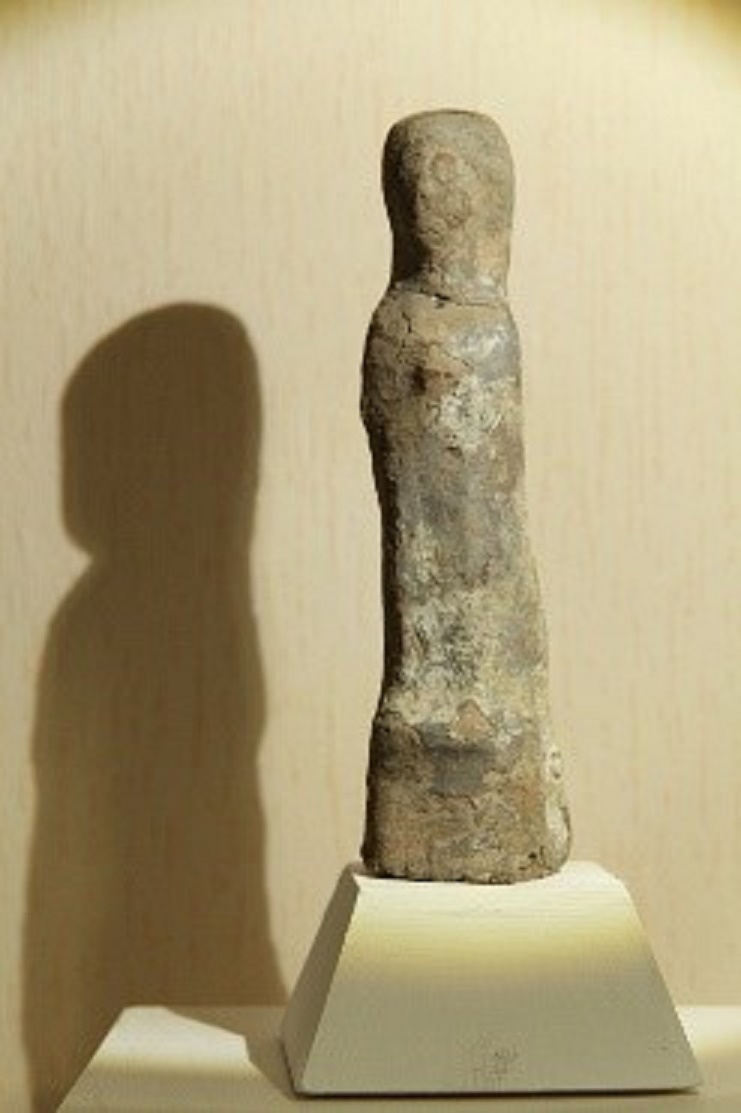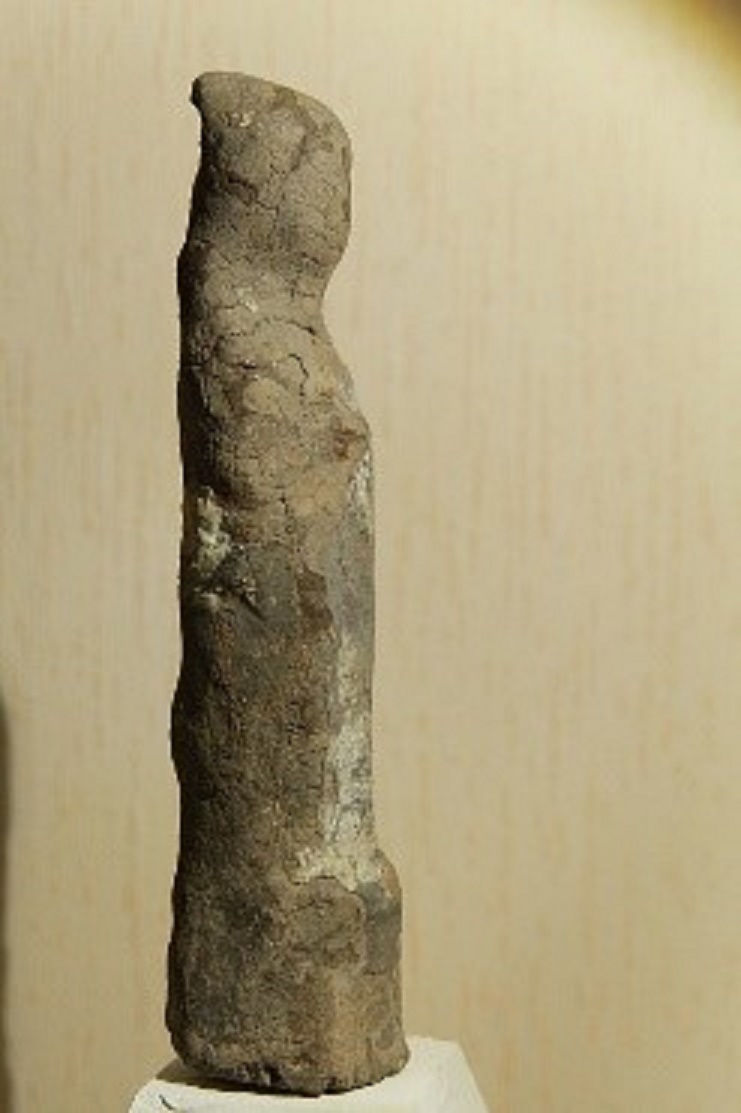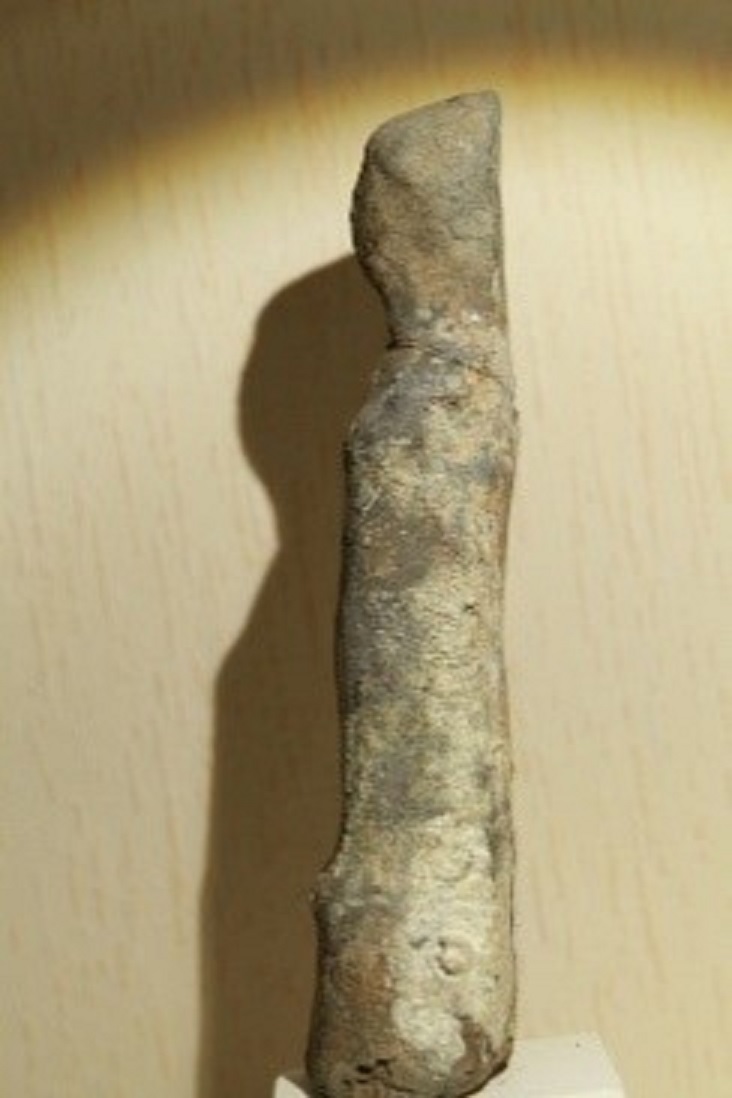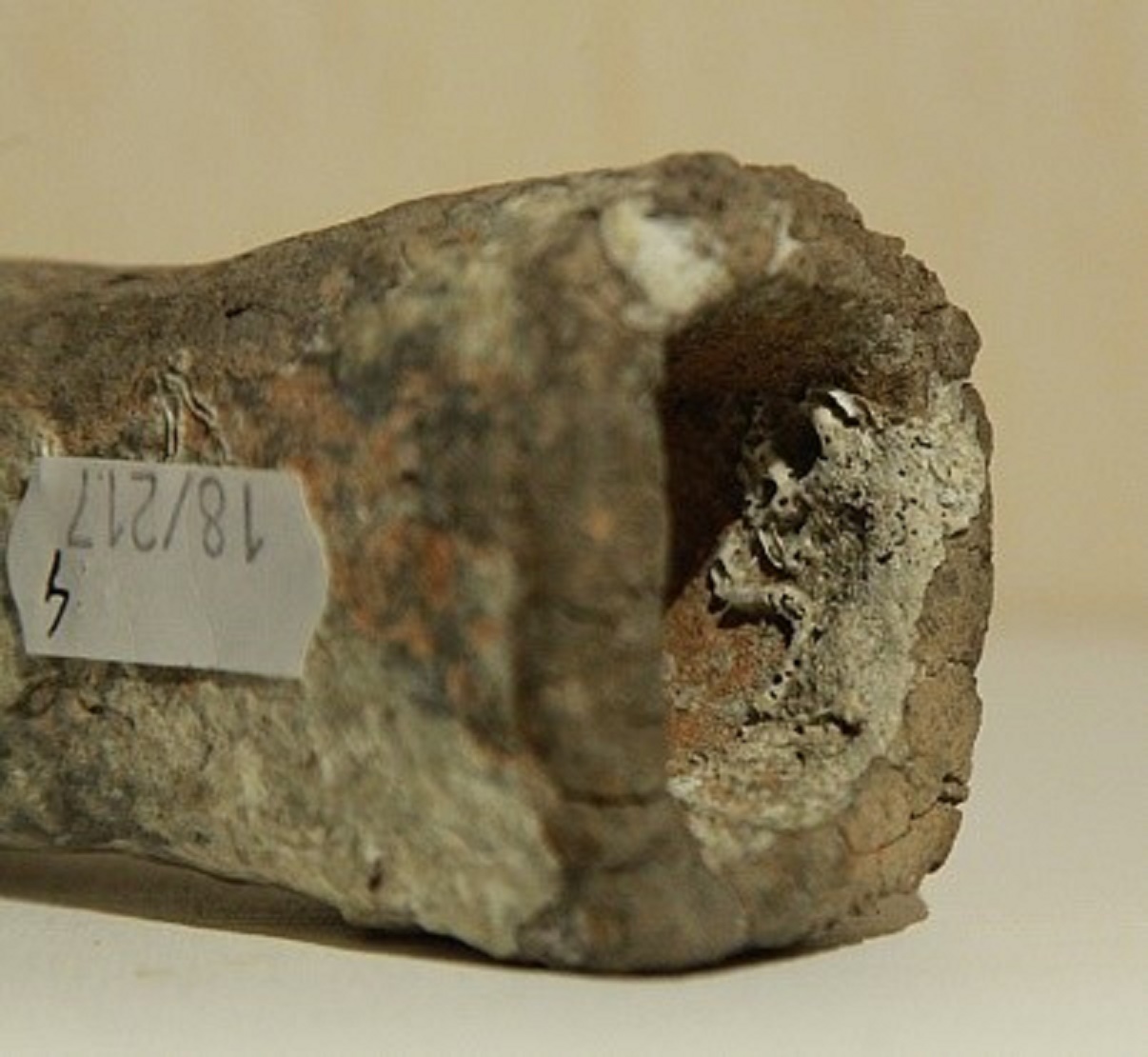Retour
Browse catalogue
-
-
- Alexander Calder(20)
- André Derain(82)
- Andy Warhol(15)
- Antoni Tapiès(17)
- Arman(28)
- Aurélie Nemours(1)
- Bengt Lindström(24)
- Bernard Buffet(186)
- César(9)
- Charles Eames(1)
- Charlotte Perriand(17)
- Claude Weisbuch(37)
- Corneille van Beverloo(15)
- Eduardo Chillida(7)
- François Morellet(1)
- Georges Braque(85)
- Gustav Klimt(12)
- Hans Bellmer(20)
- Hans Hartung lithograph(18)
- Henri Matisse(175)
- Hervé Télémaque(5)
- Jacques Villeglé(8)
- Jean Cocteau(200)
- Jean Hélion(12)
- Jean Miotte(9)
- Jean Picart Le Doux(5)
- Joan Miro(116)
- Karel Appel(1)
- Keith Haring(16)
- Ladislas Kijno(2)
- Léonard Tsugouharu Foujita(48)
- Leonor Fini(101)
- Louis Toffoli(12)
- Marc Chagall(359)
- Marie Laurencin(45)
- Maurice de Vlaminck(82)
- Maurice Utrillo(17)
- Max Ernst(40)
- Mimmo Rotella(4)
- Niki de Saint Phalle(5)
- Pablo Picasso(409)
- Peter Klasen(7)
- Philippe Pasqua(1)
- Pierre Alechinsky(34)
- Pierre Soulages lithographs(34)
- Pierre Tal-Coat(5)
- Pierre-Yves Trémois(34)
- Raoul Dufy(48)
- Robert Combas(6)
- Salvador Dali(412)
- Théo Tobiasse(5)
- Tony Soulié(14)
- Valério Adami(31)
- Victor Vasarely(1)
- Yves Brayer(41)
- Zao Wou-Ki(11)
Top artists -
-
Retour
Browse catalogue
-
-
- Alexander Calder(20)
- André Derain(82)
- Andy Warhol(15)
- Antoni Tapiès(17)
- Arman(28)
- Aurélie Nemours(1)
- Bengt Lindström(24)
- Bernard Buffet(186)
- César(9)
- Charles Eames(1)
- Charlotte Perriand(17)
- Claude Weisbuch(37)
- Corneille van Beverloo(15)
- Eduardo Chillida(7)
- François Morellet(1)
- Georges Braque(85)
- Gustav Klimt(12)
- Hans Bellmer(20)
- Hans Hartung lithograph(18)
- Henri Matisse(175)
- Hervé Télémaque(5)
- Jacques Villeglé(8)
- Jean Cocteau(200)
- Jean Hélion(12)
- Jean Miotte(9)
- Jean Picart Le Doux(5)
- Joan Miro(116)
- Karel Appel(1)
- Keith Haring(16)
- Ladislas Kijno(2)
- Léonard Tsugouharu Foujita(48)
- Leonor Fini(101)
- Louis Toffoli(12)
- Marc Chagall(359)
- Marie Laurencin(45)
- Maurice de Vlaminck(82)
- Maurice Utrillo(17)
- Max Ernst(40)
- Mimmo Rotella(4)
- Niki de Saint Phalle(5)
- Pablo Picasso(409)
- Peter Klasen(7)
- Philippe Pasqua(1)
- Pierre Alechinsky(34)
- Pierre Soulages lithographs(34)
- Pierre Tal-Coat(5)
- Pierre-Yves Trémois(34)
- Raoul Dufy(48)
- Robert Combas(6)
- Salvador Dali(412)
- Théo Tobiasse(5)
- Tony Soulié(14)
- Valério Adami(31)
- Victor Vasarely(1)
- Yves Brayer(41)
- Zao Wou-Ki(11)
Top artists -
-
Create My Account
Phoenician statuette representing the goddess Tanit
Terracotta covered with concretions.
7th-6th century BC.
18.4 x 9.5 x 3 cm
Tanit is the Punic goddess, responsible for, according to Berber and Carthage beliefs, for watching over fertility, births and growth. Amongst all the powers attributed to the goddess Tanit, there is also the power of love. The shape is intentionally epurated and characteristic of other statuttes of the goddess representing her with the arms at her side, according to the artistic (and technical) aesthetics of the period, such as the first xoana (wooden) statuettes from the sanctuary of Hera in Samos around the same period (see the related iconography), archaic fixed representations of the human body inherited from Egyptian Art, and who will only unfurl throughout the following centuries in Greek art.
This statuette is also emotional given that it bears concretions and marine worms holes covering it entirely and lead to suppose that it was find at the bottom of the sea, likely following the shipwreck of the Phoenician ship which transported it.
Iconography :
"The Phoenicians" under the direction of Sabatino MOSCATI. Ed. Bompiani Milan 1988. Pages 112, 336
To see the similarity and the parallels with the other types of representation of goddesses in the Mediterranean area of now :
"Birth of Greek art" Pierre DEMARGNE. Coll. "The universe of Forms"
Gallimard Paris 1974 pages 247 n°263 ( xoanon Héraion of Samos , mid 7th century, page 243 n°257 (Artémis from Délos)
page 216 n°221 Egyptian Goddess, Héraion from Samos - 700 BC
7th-6th century BC.
18.4 x 9.5 x 3 cm
Tanit is the Punic goddess, responsible for, according to Berber and Carthage beliefs, for watching over fertility, births and growth. Amongst all the powers attributed to the goddess Tanit, there is also the power of love. The shape is intentionally epurated and characteristic of other statuttes of the goddess representing her with the arms at her side, according to the artistic (and technical) aesthetics of the period, such as the first xoana (wooden) statuettes from the sanctuary of Hera in Samos around the same period (see the related iconography), archaic fixed representations of the human body inherited from Egyptian Art, and who will only unfurl throughout the following centuries in Greek art.
This statuette is also emotional given that it bears concretions and marine worms holes covering it entirely and lead to suppose that it was find at the bottom of the sea, likely following the shipwreck of the Phoenician ship which transported it.
Iconography :
"The Phoenicians" under the direction of Sabatino MOSCATI. Ed. Bompiani Milan 1988. Pages 112, 336
To see the similarity and the parallels with the other types of representation of goddesses in the Mediterranean area of now :
"Birth of Greek art" Pierre DEMARGNE. Coll. "The universe of Forms"
Gallimard Paris 1974 pages 247 n°263 ( xoanon Héraion of Samos , mid 7th century, page 243 n°257 (Artémis from Délos)
page 216 n°221 Egyptian Goddess, Héraion from Samos - 700 BC
Related items: Figurines
Phénicienne
-
Create an alert
Create an alert
Please subscribe to our free alert service to be notified when a similar item is available on the website.
Sold
This item is not available. Please click on « View the catalog » to see similar items available.
Hotline
Please contact us for any question regarding this object. For any other inquiry, we invite you to fill the contact form.
Other items from the category « Phénicienne »
This should also please you
Ask a question
